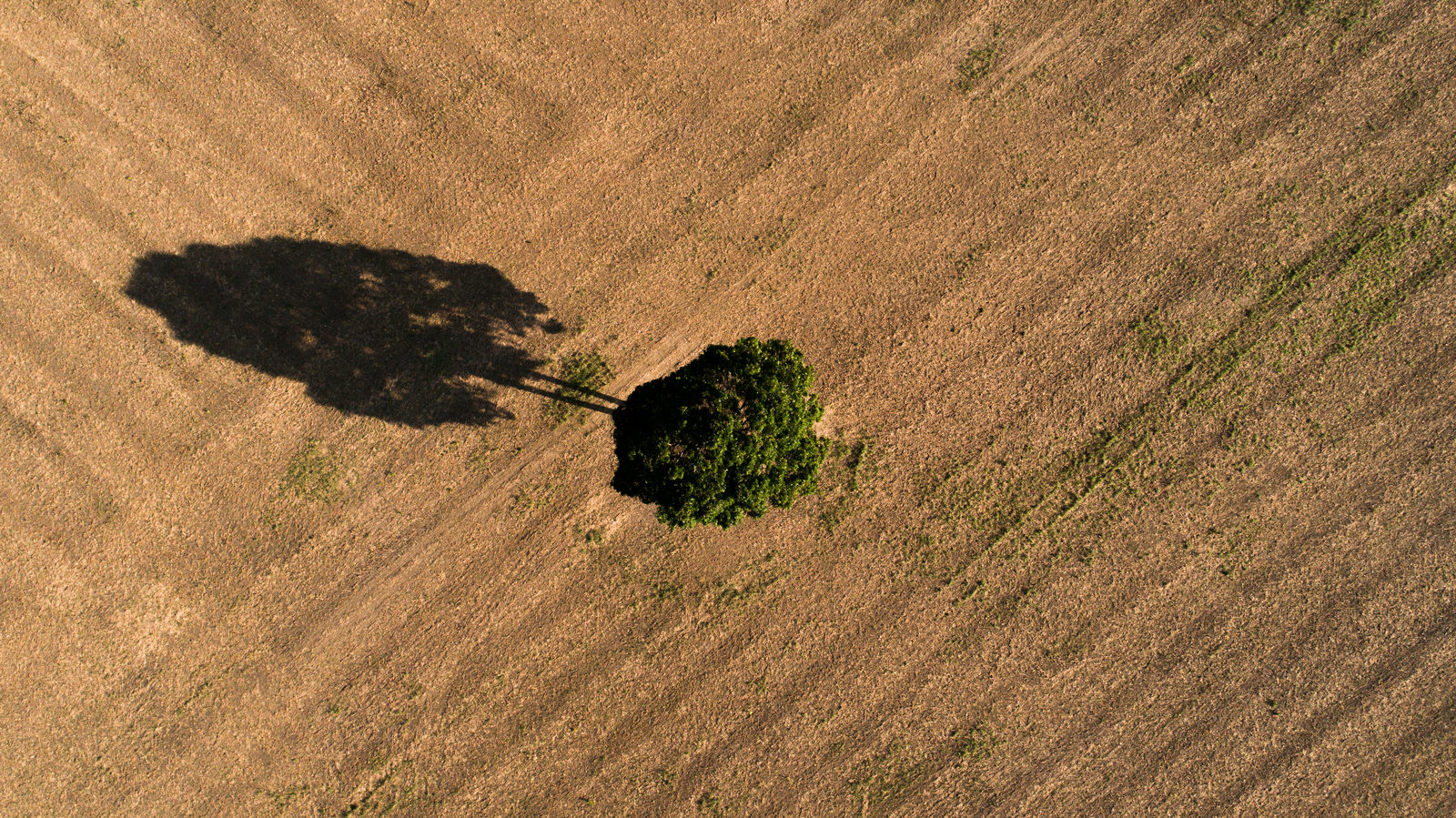In 1965, Brazil created and passed its first Forest Code, a law requiring landowners in the Amazon to maintain 35 to 80 percent of their property under native vegetation. So, rural farmers of all kinds can buy land in the Amazon, but they can only farm 20 percent of it.
Laws such as the Forest Code do not exist in many places across the world. In its roots, the Forest Code is a stringent law that should ensure our world’s largest rainforest is protected. That said, enforcing this law has proved quite difficult over the years.
Picture the Amazon rainforest. It’s HUGE. It covers 2.72 million square miles—the size of Mexico, Mongolia, Peru and Egypt combined. Now, picture federal and local governments with few resources trying to track property boundaries across this vast area of thick, mostly impassable jungle.
Historically, the Forest Code has been nearly impossible to implement and monitor. Clear ownership records exist for only 10 percent of private land in the Amazon. That’s why in 2010 the Brazil government made it mandatory for all rural properties to be mapped and registered through a government system known as CAR (Cadastro Ambiental Rural).
Using its mapping software, The Nature Conservancy is working with the states of Pará and Mato Grosso to support implementation of the CAR, as this is the first step toward successfully complying with the Forest Code requirements.
Through this effort, the Conservancy works directly with landowners, providing tools to help them comply with the Forest Code by:
- Restoring degraded areas through ecological succession and planting trees on cleared lands;
- Sustainable intensification of developed areas so less forest is removed and
- Developing economic alternatives to maximize benefits of farming activities and conservation, while maintaining the forested portions of their lands.
“CAR is the first step towards enabling all rural property owners to meet their Forest Code obligations,” said Benito Guerrero, the Conservancy’s private lands strategy coordinator in Brazil. “It’s also fundamental for landowners who want to make the most out of their properties—through ranching and farming and sustainable forest use.”



